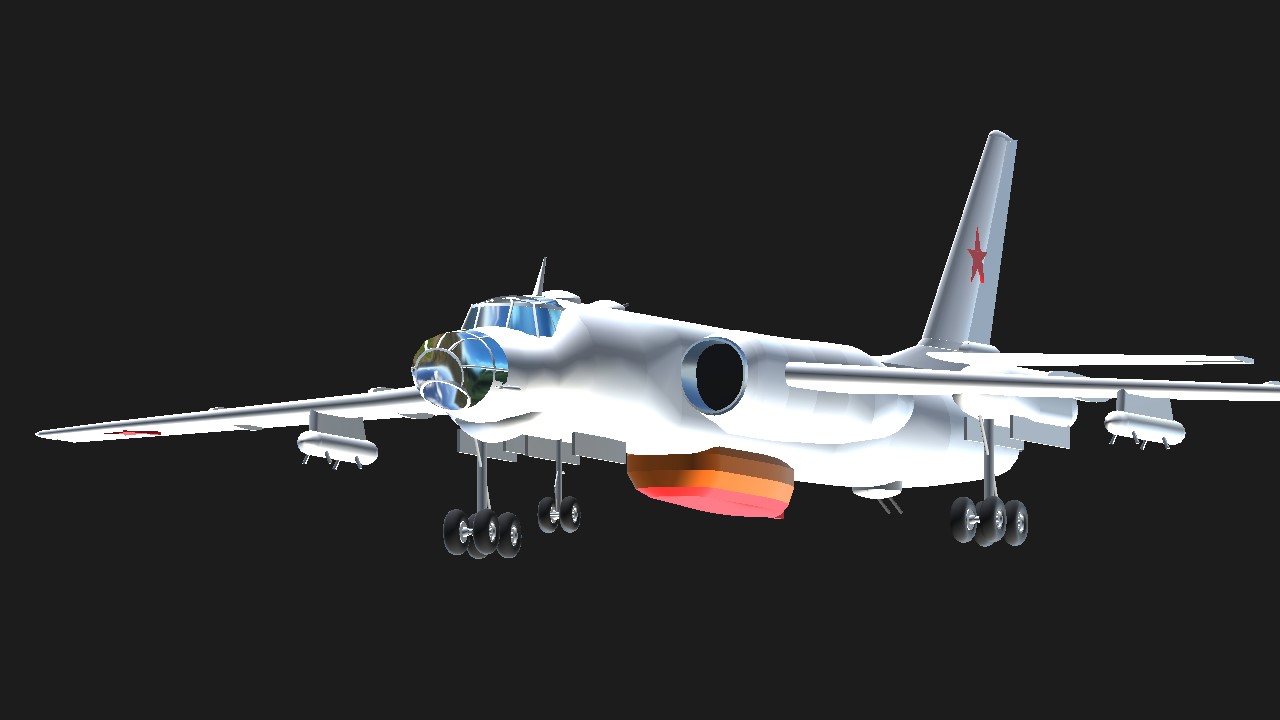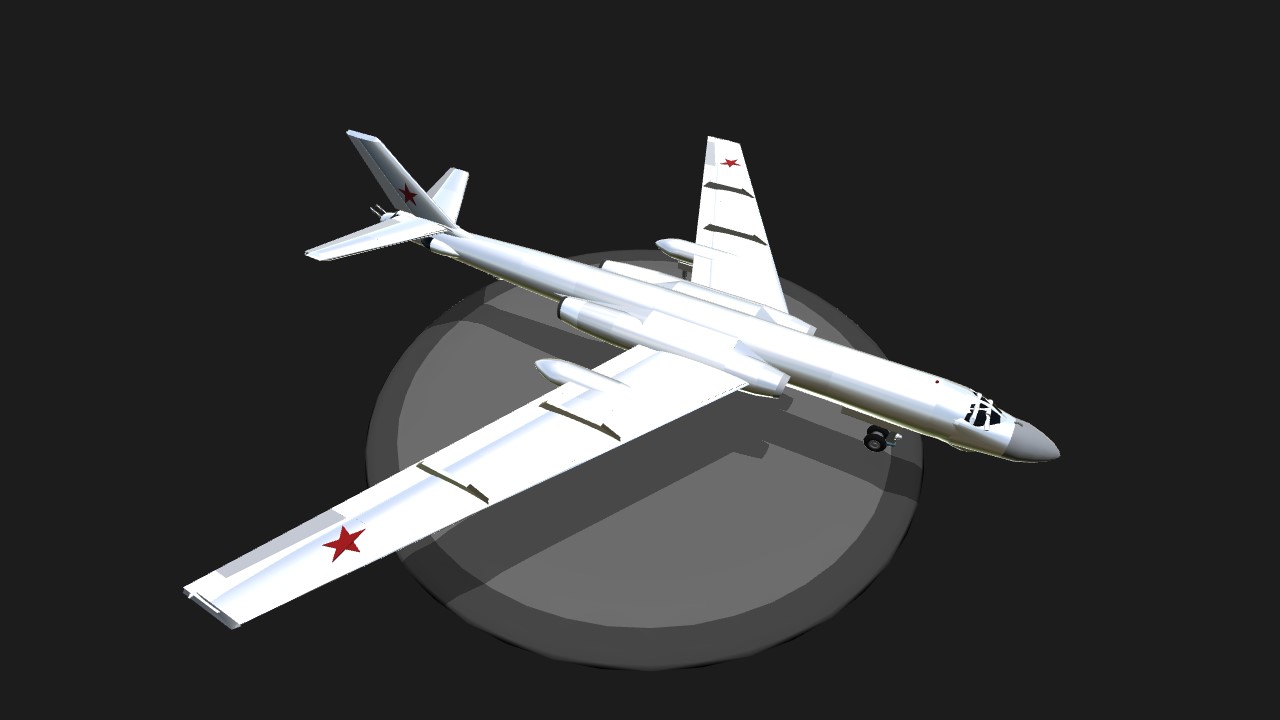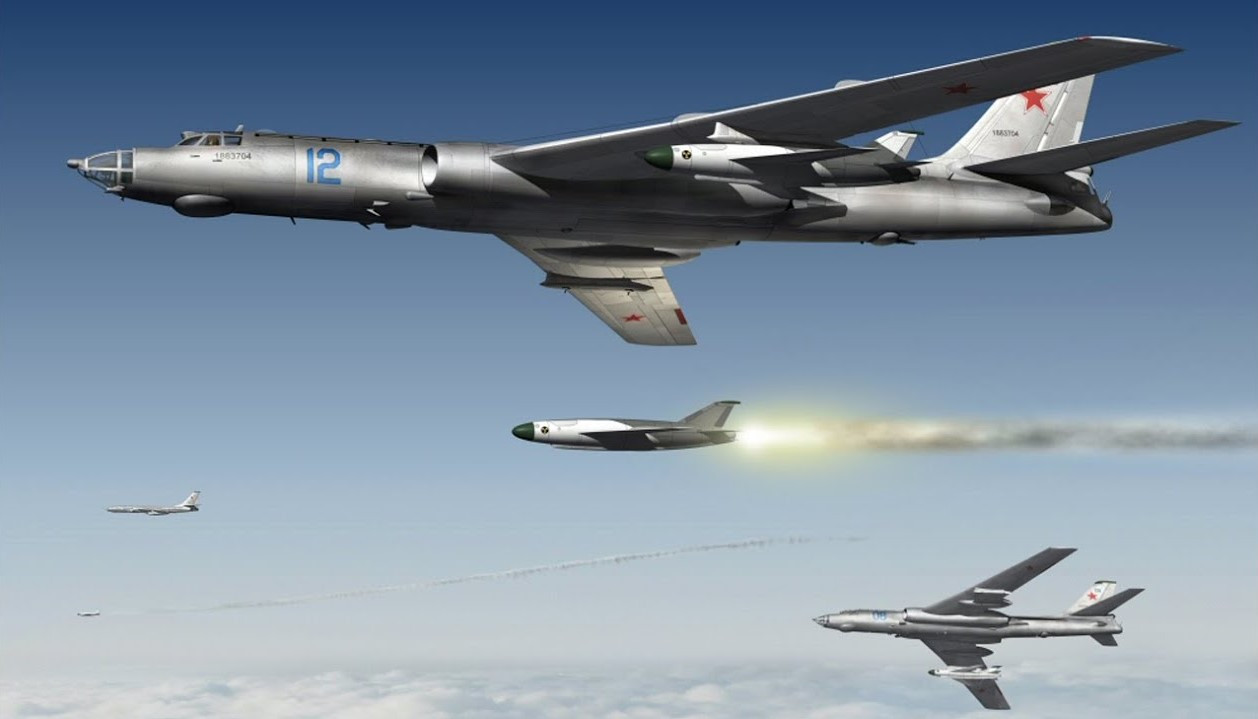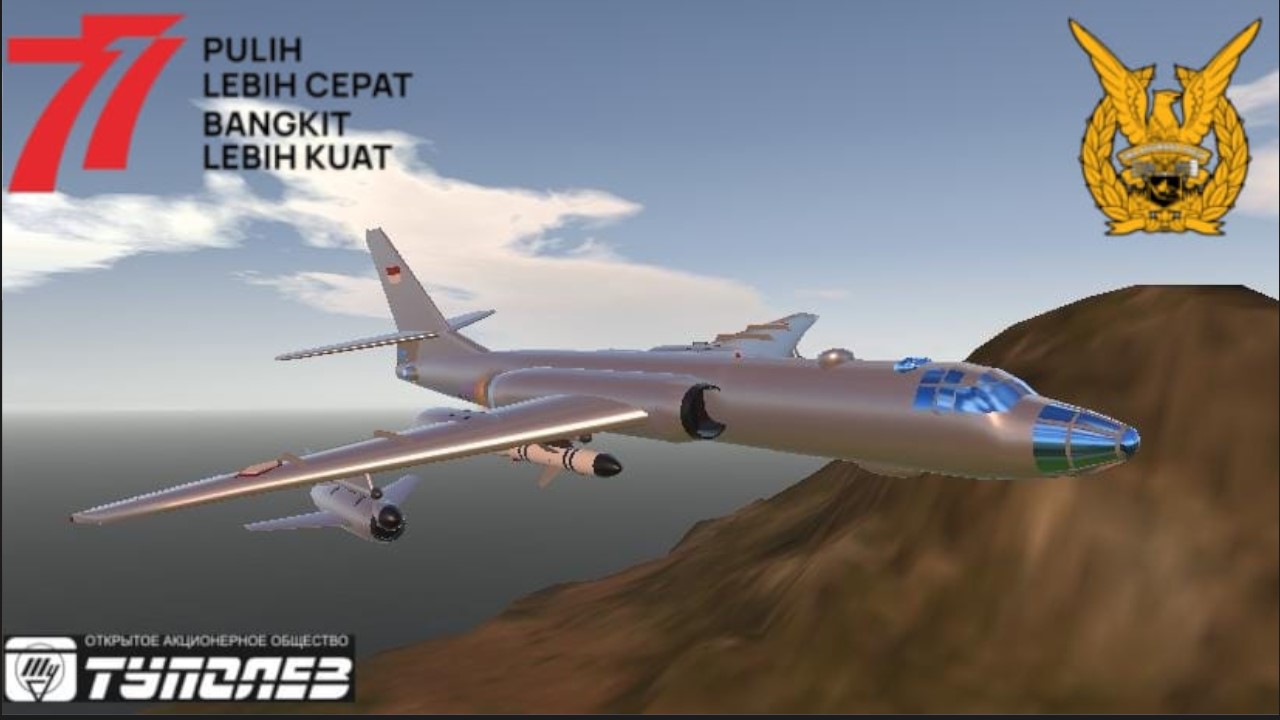The Tupolev Tu-16, also known by its NATO reporting name “Badger,” is a historic Soviet strategic bomber that played a crucial role in the Cold War era. Developed by the Tupolev Design Bureau, the Tu-16 was introduced in the early 1950s and quickly became a versatile and reliable workhorse for the Soviet Air Force. This article explores the history, design, capabilities, and legacy of the Tu-16.

A Brief History
The Tu-16’s development began in the late 1940s, in response to the Soviet Union’s need for a long-range bomber capable of delivering nuclear weapons. The aircraft made its first flight on April 27, 1952, and was officially introduced into service in 1954. Over its long operational life, the Tu-16 was produced in various versions, serving not only as a bomber but also as a reconnaissance, electronic warfare, and maritime strike aircraft.

Design and Technical Specifications
Airframe and Design
The Tu-16 features a swept-wing design, which was quite advanced for its time. Its wings are set at a 35-degree angle, providing excellent aerodynamic performance and stability at high speeds. The aircraft’s robust airframe is made primarily of aluminum alloys, ensuring durability and strength.
Powerplant
The Tu-16 is powered by two Mikulin AM-3 turbojet engines, each producing 21,400 pounds of thrust. These engines enable the aircraft to reach a maximum speed of 1,050 km/h (652 mph) and provide a combat range of approximately 4,800 kilometers (2,983 miles) with a full bomb load. The Tu-16’s performance is further enhanced by its ability to refuel mid-air, extending its operational range and mission capabilities.

Avionics and Weaponry
The Tu-16 is equipped with a sophisticated avionics suite for its time, including radar, navigation systems, and electronic countermeasures. The aircraft’s radar system enables it to detect and engage targets accurately, while its navigation systems ensure precise long-range missions.
The Tu-16’s armament is formidable, consisting of a variety of bombs, missiles, and defensive guns. The aircraft can carry up to 9,000 kilograms (19,841 pounds) of bombs, including nuclear weapons. It is also equipped with six 23mm NR-23 cannons for self-defense, strategically placed in tail turrets and other positions.
Versatility and Variants
One of the key strengths of the Tu-16 is its versatility. The aircraft was produced in numerous variants, each designed for specific roles. Some notable variants include:
- Tu-16A: A nuclear bomber variant capable of delivering atomic bombs.
- Tu-16R: A reconnaissance variant equipped with advanced cameras and sensors.
- Tu-16K: A maritime strike variant designed to carry anti-ship missiles.
- Tu-16P: An electronic warfare variant equipped with jamming and electronic countermeasure systems.

Operational History and Global Impact
The Tu-16 served extensively with the Soviet Air Force and was exported to several allied nations, including China, Egypt, and Iraq. Its operational history spans several decades, during which it participated in numerous conflicts and military operations.
Combat Performance
The Tu-16 proved its effectiveness in various combat scenarios, particularly in the Middle East. Egyptian Tu-16s played a significant role during the Six-Day War and the War of Attrition, conducting bombing raids and reconnaissance missions. The aircraft’s ability to deliver both conventional and nuclear payloads made it a strategic asset in maintaining the balance of power during the Cold War.
Strategic Importance
The Tu-16’s deployment significantly enhanced the Soviet Union’s strategic bomber capabilities, providing a credible deterrent against NATO forces. Its presence in various international conflicts underscored its role as a versatile and reliable platform capable of performing a wide range of missions.
Legacy and Modernization
Although the Tu-16 has been retired from active service in most countries, its legacy endures. The aircraft’s design and technological innovations influenced the development of subsequent bombers and military aircraft. In China, the Tu-16 continues to fly as the Xian H-6, a heavily modified and modernized version of the original design, demonstrating the enduring value of this iconic aircraft.
Conclusion
The Tupolev Tu-16 stands as a testament to Soviet engineering and military innovation. Its blend of speed, range, and versatility made it a formidable strategic bomber that played a crucial role in Cold War history. As a pioneering aircraft, the Tu-16 not only served its intended purpose but also left an indelible mark on the evolution of military aviation. Its legacy continues to be felt in the design and operation of modern strategic bombers, ensuring that the story of the Tu-16 remains a significant chapter in the annals of aviation history.





